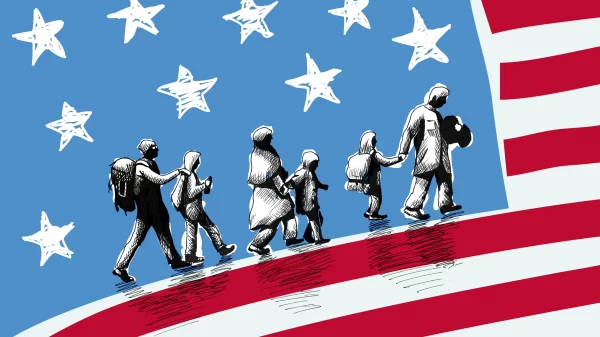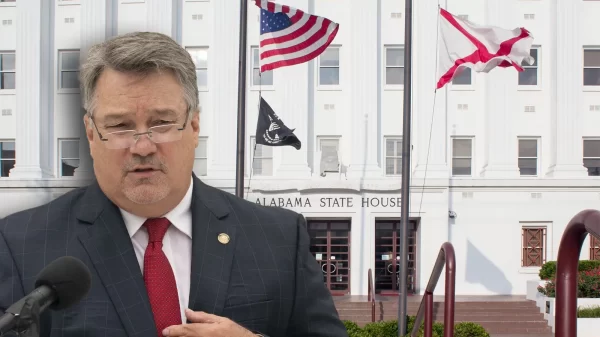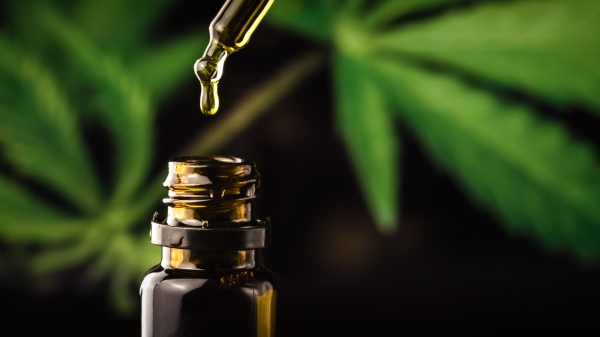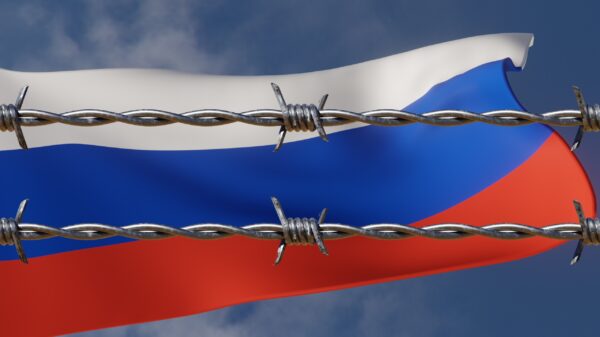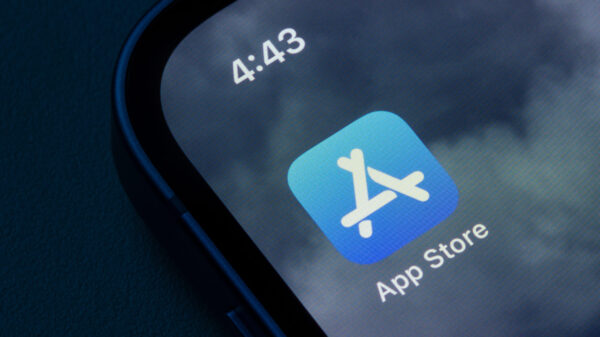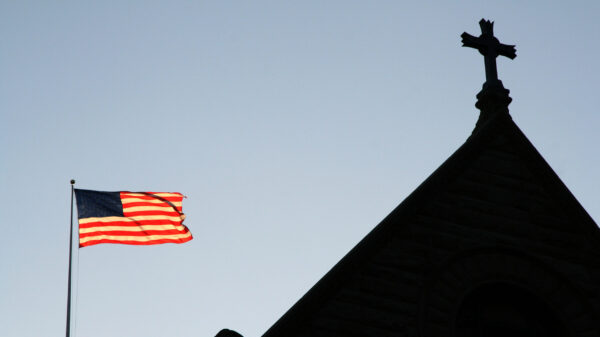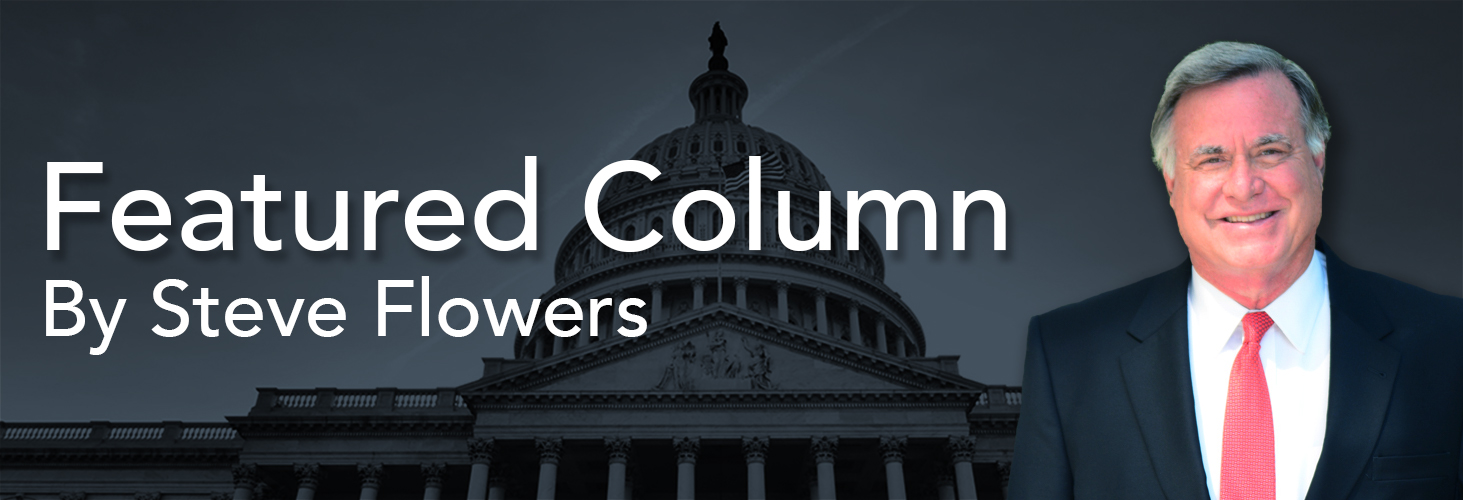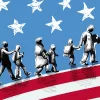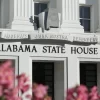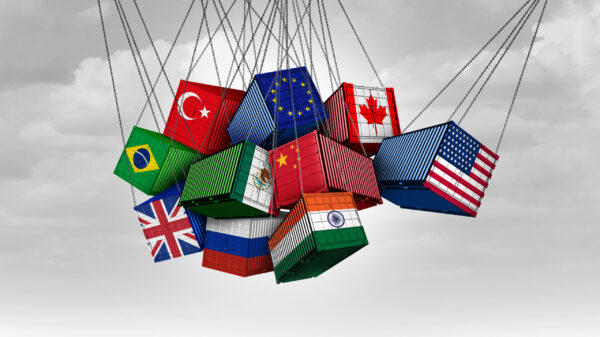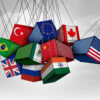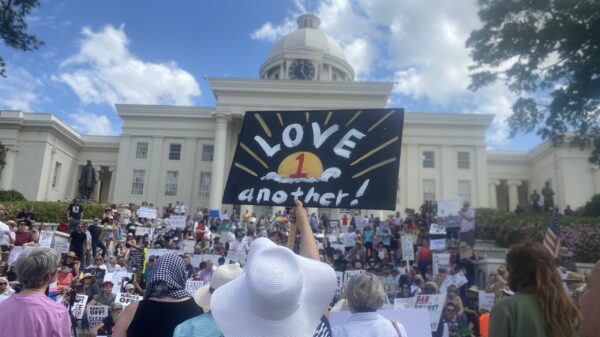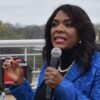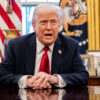INSIDE THE STATEHOUSE
by Steve Flowers
In 1960 television was a new medium. Most Americans did not have televisions in the early 1950’s. However, by 1960 the majority of the country had fallen in love with Lucy and TV.
Presidential races had been run by party bosses in urban enclaves like New York and Boston. Political parties and party conventions were extremely important. The parties were controlled by longtime political pols and insiders. Powerful governors and senators would control their state delegations at the nominating conventions and would yield inordinate power at a critical point in the process.
Machine and ward politics in the major cities of New York, Boston and Chicago dictated the choice of party nominees, especially within the Democratic Party. The Republican Party was even then more based in the Midwestern and rural part of the nation. We in the South were essentially as irrelevant in presidential politics as we are today. We were entrenched as an island of Southern Democrats based on tradition and the post-Civil War Reconstruction animosity. Today, we are reliably Republicans due to race and religion.
The country was changing dramatically beginning in 1960. Folks were moving west to California and south to Florida. The northeastern center of political influence was beginning to decline. The 1960 presidential contest is considered one of the most interesting, dramatic, and closest in history. It was also a pivotal race because of the advent of television. The television set became the center and king of American presidential politics.
In one corner of the heavyweight slugfest was the GOP standard bearer, Richard Nixon. He had been vice-president for eight years under the popular General/President Dwight “Ike” Eisenhower. Carrying the Democratic banner was youthful Massachusetts Senator and Boston bred John Kennedy. Most political historians submit that the presidential contest hinged on and was won on television.
The presidential debate between Kennedy and Nixon was televised and Americans tuned in. Kennedy was considered the underdog but he turned the race around with his sterling television appearance. He was youthful, articulate, and handsome and took to the TV like a duck to water. Nixon, on the other hand, came off as a mean-spirited, scowling, bumbling alternative.
Kennedy knew to wear makeup and look rested. He appeared tanned and energetic. Nixon had come into politics through the traditional mediums of newspaper and radio. In fact, most people who listened to the debate on radio said Nixon won the debate. However, he lost big on television.
Nixon arrived at the television studio without proper preparation. He refused to wear makeup as he said it was not masculine to wear powder on your face. It would have helped him. Nixon had a pronounced five o’clock shadow. He had failed to shave and he looked very sinister. He also would not smile. He appeared gaunt and pale, probably due to the fact that he had a flare up with phlebitis in his leg and as he was getting out of the car he hit his leg on the door and he was in severe pain.
Kennedy won the presidency with that television debate and a new era of American politics began. Television became the king of politics and for half a century has been the dominant weapon of national politics. However, the presidential race has seen the beginning of the end to television broadcast advertising being omnipotent.
In fact, it appears that paid television ads are having an inverse affect. Outsider candidates like Donald Trump have thrived with little or no paid television ads, while Jeb Bush spent over $60 million on television with very little result. Another Floridian, Marco Rubio, spent over $30 million on television. Two also rans and prominent governors, Rick Perry and Scott Walker, spent most of their campaign dough on television with no effect on their polling numbers and left the race before the first primary.
This trend actually set in during the presidential race four years ago. Studies indicate that television ads had little or no effect on the Barack Obama versus Mitt Romney contest. Digital advertising is beginning to challenge television’s dominance. Most Americans under 40 get their news online. However, older voters still watch television a lot. Nielson says Americans view an average of 36 hours a week whereas those older than 50 watch 47 hours. The era of king television in American presidential politics may be fading. Those of us older than 60 still like to read our local paper.
See you next week.
Steve Flowers is Alabama’s leading political columnist. His weekly column appears in over 60 Alabama newspapers. He served 16 years in the state legislature. Steve may be reached at www.steveflowers.us.











